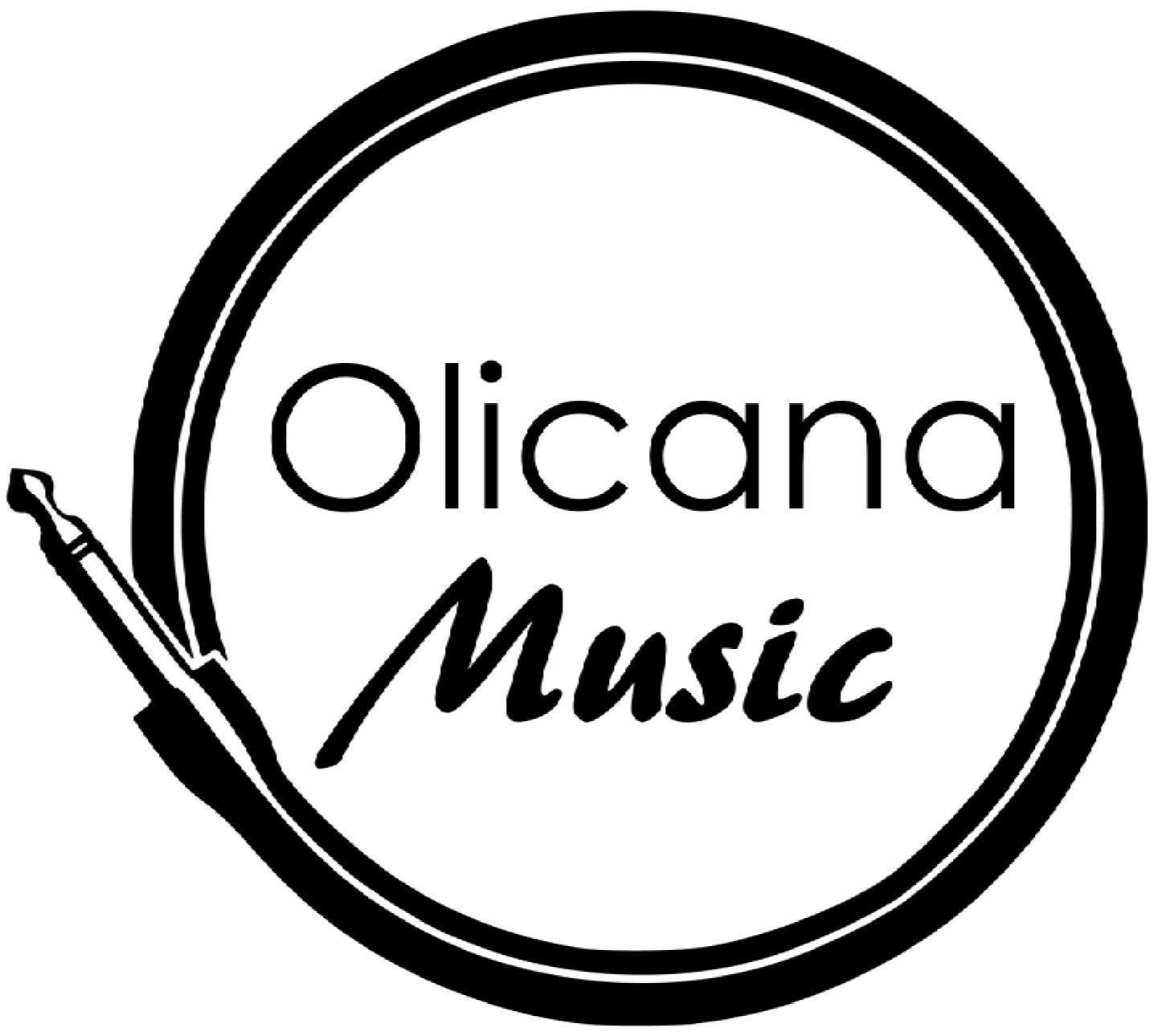Hi Friend!
In this weeks issue we’re going to explore wrong notes. The bane of beginners and pro’s alike, learning to accept and handle the mistakes you make is an essential skill as a musician. No one is a perfect player (despite what you might see on social media), the pro’s are just better at disguising their mistakes. Let’s learn how they do it.
Something To Think About
It’s not the note you play that’s the wrong note
“It’s not the note you play that’s the wrong note, it’s the note you play afterwards that makes it right or wrong” – Miles Davis
Words of wisdom from a jazz legend and a deep insight into the nature of music. New and experienced improvisers alike worry about playing wrong notes. But this fear can lead to playing that sounds constrained and repetitive. By allowing the possibility of wrong notes you are free to play with confidence, take risks, and as a result create more compelling solos. A “wrong” note can easily become the most interesting note in a solo if you understand how to use the next note to justify it.
Allowing for the possibility of wrong notes allows you to relax when you play. Whether performing or practicing, if you stop trying to control the outcome you will be able to relax. When you’re relaxed you will play better, and as a result make less mistakes. Learning to handle wrong notes is as much about allowing them to be there as it is learning to disguise them.
Something To Practice
Learn how to turn a wrong note into a right one
If you’re going to start allowing for the possibility of wrong notes you’d better learn how to handle them. To do that I like the follow exercise. Play wrong notes on purpose. Then find a way to resolve them. Typically this means moving one fret higher or lower than the note you started on. I first learned this trick from a video of Queen’s Brian May doing a guitar clinic (I can’t find this video anymore but if you happen to know the source please share it with me!).
This approach of moving up one or down a fret to resolve a dissonant sound is not revolutionary. It’s a staple of all styles of music as it’s a perfect way of creating tension and resolution. Whether done deliberately or as an escape route for a “wrong” note the listener won’t be able to tell the difference if you sound confident while you do it.
Here’s an example of me putting this exercise into practice.
Something To Enjoy
There are no wrong notes
Jacob Collier takes the idea of no wrong notes to it’s extremes, proving that it’s all about where the notes go, not where they start.

That’s it for this one. If you got value out of this issue of Fretboard Philosophy simply reply to this email and let me know your thoughts.
See you in two weeks!
Alasdair 🤘

